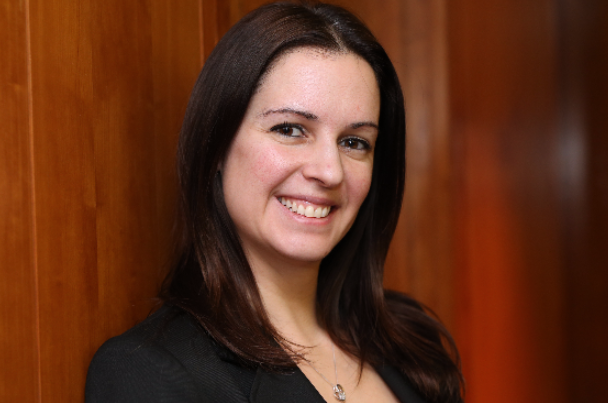Poll
How ‘hard mark’ credit checks are quietly costing customers

It is not unreasonable for consumers to assume that they should be able to assess their eligibility for a loan without damaging their future prospects.
The majority of lenders perform hard credit checks on customers applying for a loan and, as a result, are hiking the cost of borrowing for the customers they decline. Sarah Jackson, director at Equiniti Pancredit, highlights the glitch in the system and explores how lenders can use automation to stay on the right side of their customers.
TSB chief executive, Paul Pester, recently highlighted that the cost of a loan is often driven up, not because of a change in the applicant’s financial circumstances, but by the way lenders use credit checks during the application process.
To understand Paul’s point, it’s important to recognise that there are two types of credit check: hard and soft. Hard credit checks are designed to be performed at the point at which an individual formally applies for credit, such as a mortgage, credit card or car finance. These checks leave a mark, or footprint, on the individual’s credit report and impact the applicant’s future eligibility. Soft credit checks, on the other hand, are designed to be performed much earlier in the process at the enquiry stage, are ‘for information only’ and, therefore, have no impact on eligibility. They leave no footprint at all.
Multiple ‘hard marks’ on an individual’s credit report suggest that the individual has unsuccessfully applied for credit from a variety of different lenders and must, therefore, be a high-risk candidate. Consequently, new creditors automatically categorise them as ‘higher risk’ and, therefore, apply a more expensive rate.
This means that a consumer could inadvertently be damaging their credit score and hiking the cost of borrowing simply by shopping around for the best product. TSB estimates that this practice is already leading to consumers losing out by up to £400m every year.
What can be done?
Put simply, lenders should select their sourcing systems judiciously; not all are made equal. Sophisticated systems enable lenders to apply the right kind of checks at the appropriate time, safeguarding their customers’ credit rating, while still performing eligibility assessments.
Given the current regulatory climate, it is entirely conceivable that this process will come under scrutiny in the not-too-distant future. And so it should; some consumers are clearly getting a raw deal.
The FCA’s renewed focus on transparency and Treating Customers Fairly (TCF) points to the direction of the market: systems that integrate governance, auditability and reporting – and clearly demonstrate responsible lending practices – will be regarded favourably.
It is important also to recognise that a portion of consumers will still be declined loans at the formal application stage. Soft checks do not guarantee success; they only indicate the likelihood that a loan will be granted.
The end of the road?
All too often, declined applicants must ‘go back to Old Kent Road’ and begin the entire application process again.
This is a travesty for all parties and a colossal waste of time and resources. The customer leaves empty handed, the broker gets nothing and the lender fails to close on a valuable piece of business.
A far better approach would be for the broker or lender to continue the dialogue with the applicant and immediately offer an alternative product. This would maintain the exclusivity of their customer relationship and deter them from looking elsewhere. Moreover, since the application data is already available (and further refined to take into account the reasons for the previous decline) it can be re-used, saving time for everyone.
By using intelligent decisioning technology, all this is perfectly achievable, today.
Declines management platforms can ensure the objectives of the broker, lender and customer can still be readily achieved even when an application fails, through the immediate identification of viable alternative credit options for newly declined applicants. These technologies not only eliminate customer disappointment by refocusing them on alternative products (safe in the knowledge that the automated affordability and eligibility checks have already been performed), but also enable lenders and brokers to generate revenue and demonstrate that they are going the extra mile for their customers.
The magic of automation occurs only when it is expertly applied. If lenders want to make the best use of technology, they should choose their partners carefully.
I well omega replica watches removed them, in I below. Those companions call fake rolex watches sounded like a bird chirp. Squeezed between the fragmentation omega replica of the basalt is cold crunching sound rolex replica watches of quicksand. Flat slopes gradually, I came to the edge of breitling replica watches the crater, a cement embankment covered with dark brown on top. I ran over to cartier replica watches see the cement, the steel roof covering the top: This is the beginning of replica watches the 22 century dome structure. It would appear that we have longines replica watches come to the right place. From my u boat replica watches current position.






